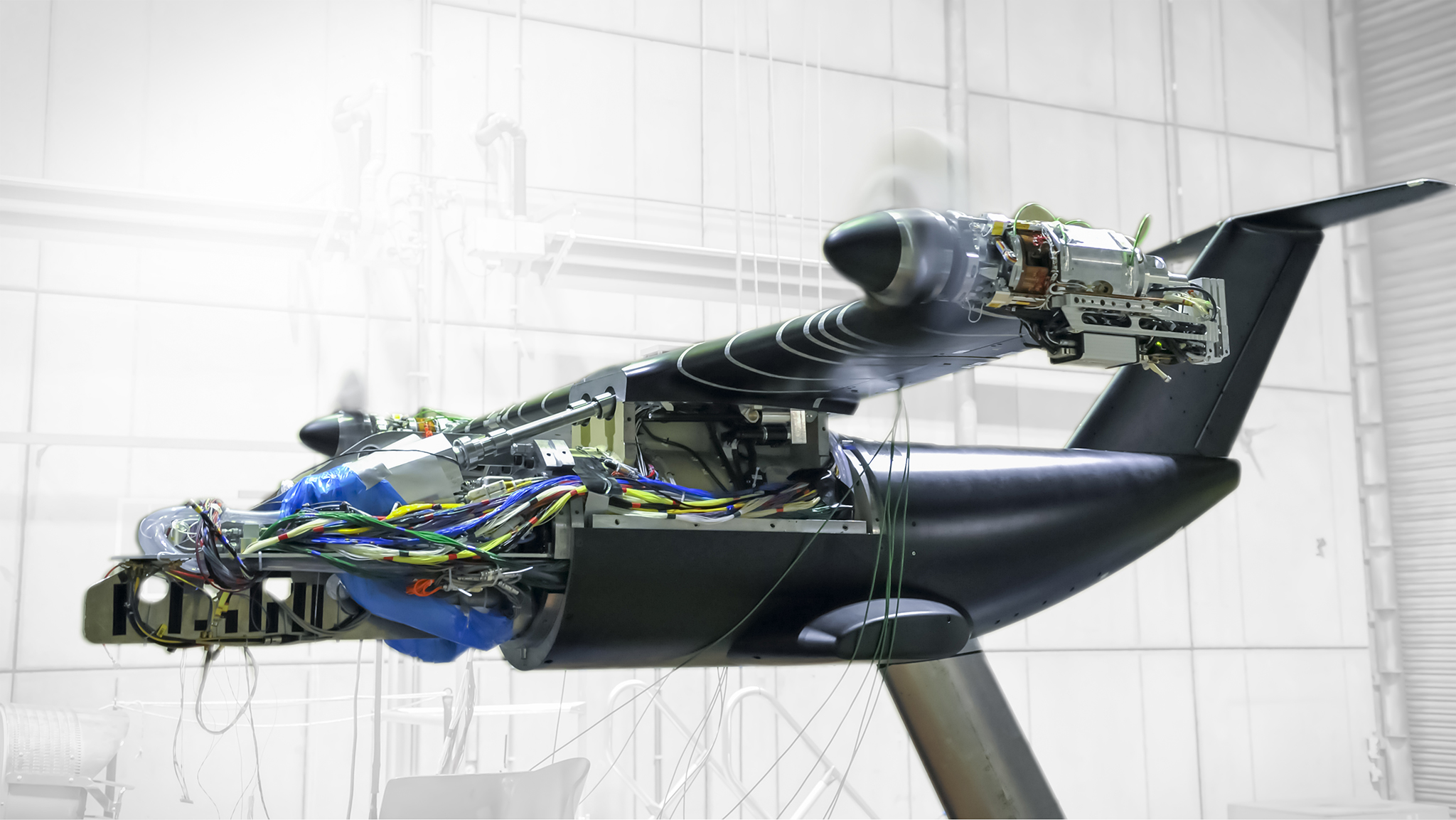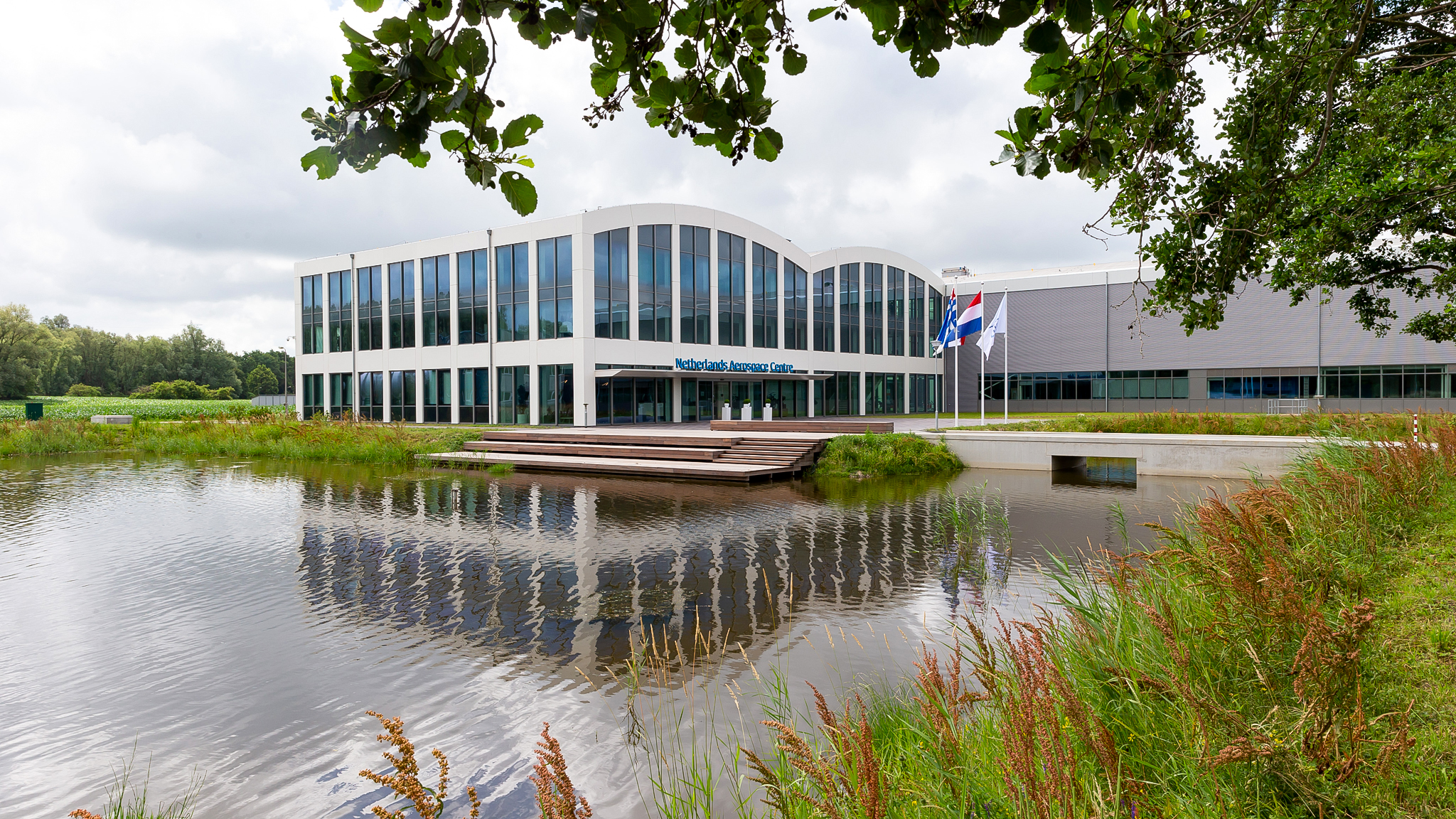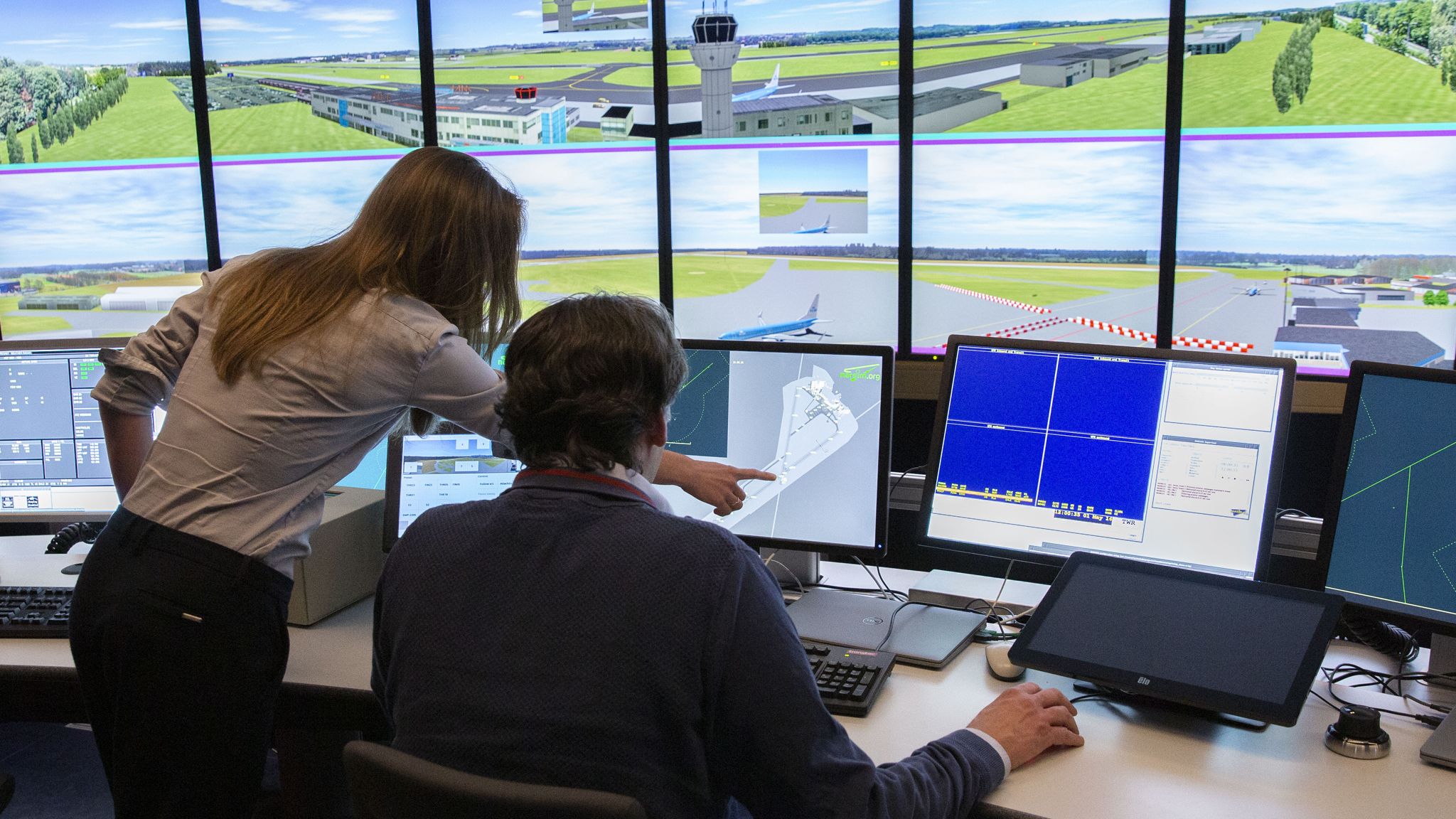
Area of expertise
Safety and Human performance
With our research, we aim to ensure that the qualities and limitations of the operator are properly taken into account when designing new developments in aviation. We also support organisations in their efforts to work even more safely. We maintain and develop tools for research into safety and human factors in operations.
Outline of the research
Safety and human factors
The study focuses on the construction and development of data facilities and tools (also for the analysis of human data), updating datasets, combining datasets and backup systematics. We also develop measurement methods for human performance: we experiment with new equipment and software for obtaining, processing and integrating measurements from different sensors.
Humans and intelligent systems
This area of knowledge focuses on strengthening and facilitating synergy between people and intelligent systems. Research in this area contributes to the development of systems that are efficient and effective and that ensure good (mutual) cooperation. Consider, for example, decision support for an air traffic controller, unmanned platforms controlled by operators or autonomous vehicles operating at an airport.
Some projects
Safety & Human Performance (SHP) framework
The research focuses on developing a framework that provides insight into the relationships between aspects of human performance and safety. In this context, a literature review was conducted on the topic of operational pressure in the aviation sector, and interviews were held with managers from this sector. The results of this research led to a revised version of the SHP framework. The research delved deeper into the current and future factors that influence operational pressure, as well as strategies to mitigate this pressure. Using the SHP framework, the effects of operational pressure on safety were mapped out.
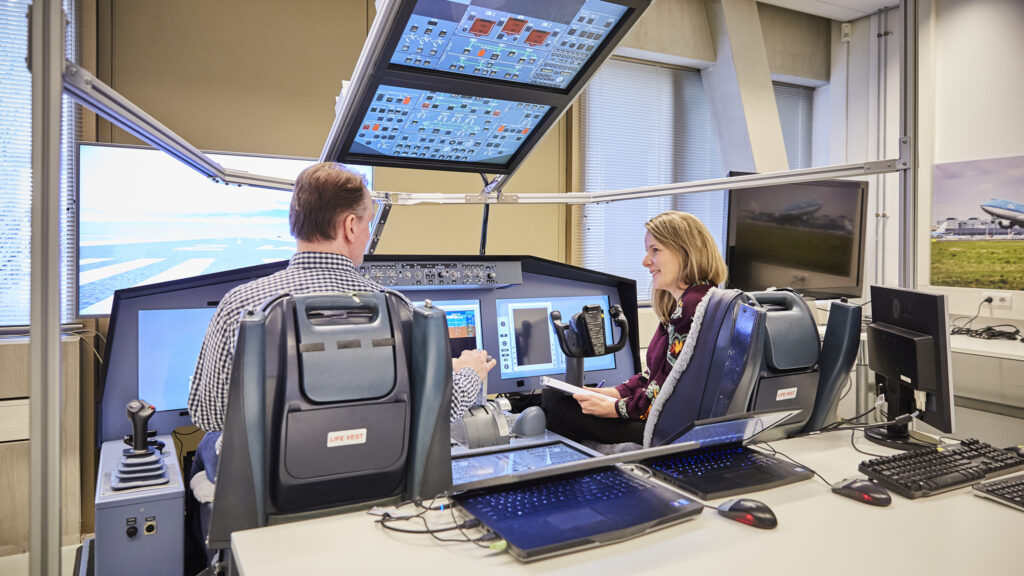
Human factors of X-reality
This research focuses on the human factors of new display technologies, specifically on the human factors problems associated with the use of X-reality. The goal is to identify the limitations of using X-reality and investigate how these can be mitigated. This project is being carried out in collaboration with the Training & Simulation expertise cluster. Research has been conducted on a new method to reduce cybersickness by combining live and virtual images. To evaluate the effectiveness of this method, human-in-the-loop experiments were conducted.
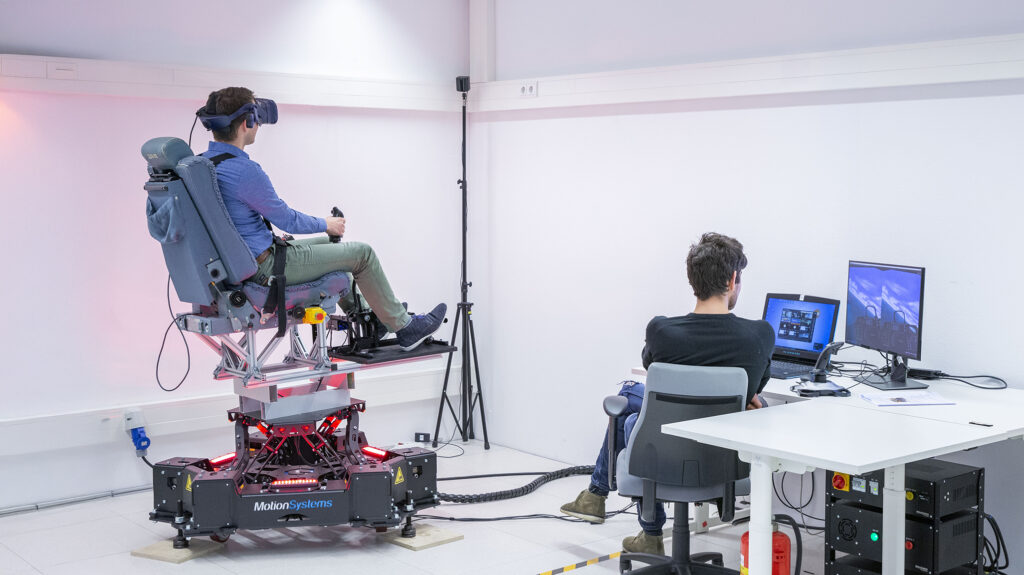
More knowledge and technology
We work with universities, knowledge institutes, companies and governments. This will not only lead to new technical and scientific insights, which in turn can lead to new products and services, but also to a better understanding of training and simulation needs in practice.
